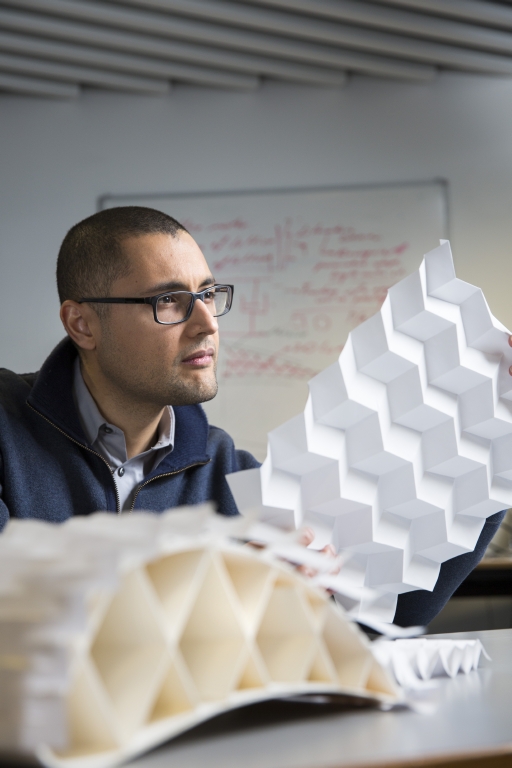Built on instability
Instability is a common feature in nature. But mankind is not yet really started to reap the benefits of nature's elastic and structural instabilities, that has spawned from eons of evolution.

Instabilities. Nature is swarming with them.
And evolution has provided us with some rather fantastic examples of how living organisms use elastic and structural instability to adapt and to face challenging problems. To find a way.
For instance, the way petals and leaves beautifully achieve a variety of complex shapes during their growth.
Or take the human brain – a unique example of elastic instability with its characteristic surface geometry. There is actually quite a good reason why it looks as it does. The fold patterns are essential to fit a large cortex into our skull, so mankind would never have been able to evolve into what we are today without the use of nature’s own elastic instability.
Engineers have only just scratched the surface when it comes to utilizing these instabilities as design tools; instabilities that nature has evolved over eons.
Assistant Professor Marcelo Dias from the Department of Engineering at Aarhus University would like to change this.
Here you can read his latest ‘onyourwavelength’ blog post on Nature.com.
Contact
Assistant Professor Marcelo Dias
Phone: +45 93508876
Mail: madias@eng.au.dk
